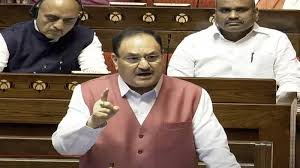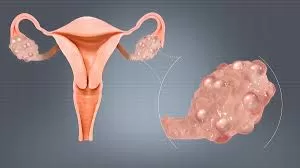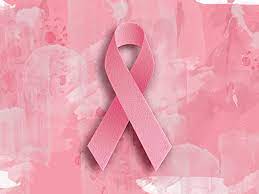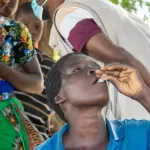New Delhi, August 5, 2024 – Union Health Minister J.P. Nadda addressed the Lok Sabha on Monday, presenting the significant strides made in the health sector budget under the leadership of Prime Minister Narendra Modi. Responding to the Demands for Grants for the Ministry of Health and Family Welfare for the fiscal year 2024-25, Nadda emphasized a remarkable 164 percent increase in health infrastructure funding over the past decade.
“In 2013-14, the budget was Rs 33,278 crore, and today it stands at Rs 90,958 crore,” Nadda highlighted. “This demonstrates our prioritisation of the health sector.” He attributed this growth to the government’s commitment to enhancing healthcare across the nation, reflecting in both budget allocations and infrastructural advancements.
Several suggestions were raised in the Lok Sabha regarding health infrastructure, which Nadda welcomed. “Most of the suggestions focused on increasing the health sector budget and reducing out-of-pocket expenditure,” he noted. “We welcome these suggestions and are committed to addressing them.”
Significant Budget Allocations
Nadda detailed the substantial financial commitments made towards health, including an additional Rs 71,051 crore allocated by local governments as recommended by the 15th Finance Commission Report. The National Health Mission (NHM) also plays a crucial role, with Rs 55 crore allocated to bolster state health infrastructure and logistics.
Under the Pradhan Mantri Swasthya Suraksha Yojana (PMSSY), Rs 13,900 crore has been invested to strengthen tertiary healthcare facilities. “We have made significant progress towards our target set in the 2017 health policy to spend 2.5 percent of GDP on health, increasing from 1.1 percent to 1.9 percent and moving towards 2 percent,” Nadda informed the Parliament.
Reduction in Out-of-Pocket Expenditure
Addressing the reduction in out-of-pocket expenditure, Nadda stated, “We have reduced it from 62 percent to 41 percent by solidifying the base of Ayushman Bharat, providing free drugs, diagnostic facilities, and screening services.” He assured further reductions under Prime Minister Modi’s leadership.
Mission-Mode Projects and Infrastructure Expansion
The Health Minister highlighted four mission-mode projects under the National Health Policy, with the Pradhan Mantri Jan Arogya Yojana (PMJAY) providing Rs 5 lakh coverage to 12 crore families, covering 40 percent of India’s population. Additionally, the expansion of the All India Institute of Medical Sciences (AIIMS) from one to 22, with 18 operational and two under construction, marks a significant achievement.
“The number of medical colleges has also increased from 387 to 731, and undergraduate seats have risen from 51,348 to 1,12,112, with a 118 percent increase in postgraduate seats,” Nadda added, emphasizing the government’s efforts to improve medical education and healthcare access.
Addressing Criticisms and Future Plans
Responding to criticisms, Nadda defended the improvements made under the PMSSY. He also discussed the increase in health centers, PSCs, and CSCs in both rural and urban areas and the establishment of Ayushman Arogya Mandirs to provide comprehensive primary healthcare services in remote areas.
Nadda outlined initiatives like free medical facilities, mobile healthcare services, and a “you quote, we pay” plan for doctors, ensuring competitive salaries for those working in hard-to-reach areas. These efforts, he said, are aimed at making healthcare more accessible and affordable for all citizens.
The significant increase in the health budget and the focus on infrastructure and accessibility reflect the government’s commitment to transforming India’s healthcare landscape, ensuring a healthier future for its citizens.











